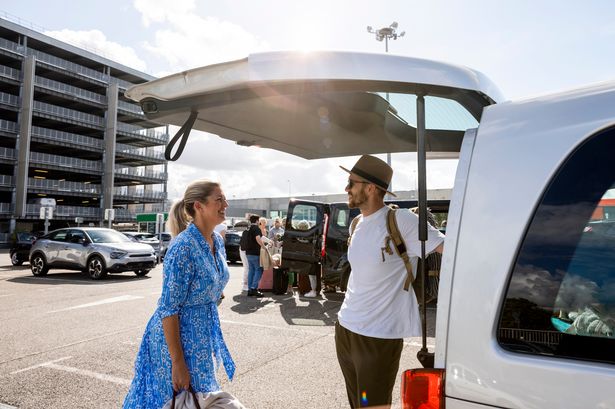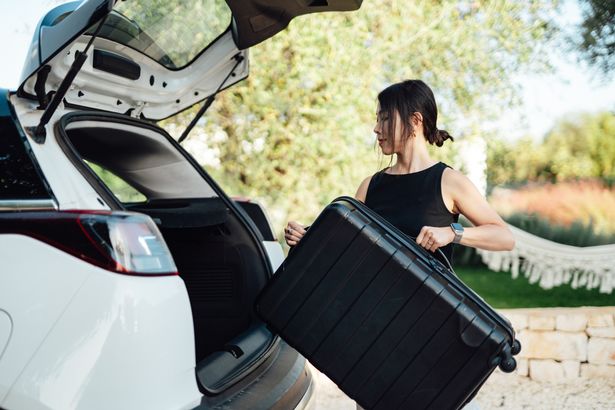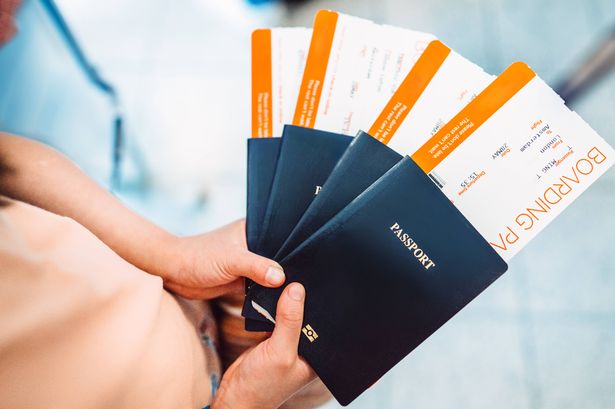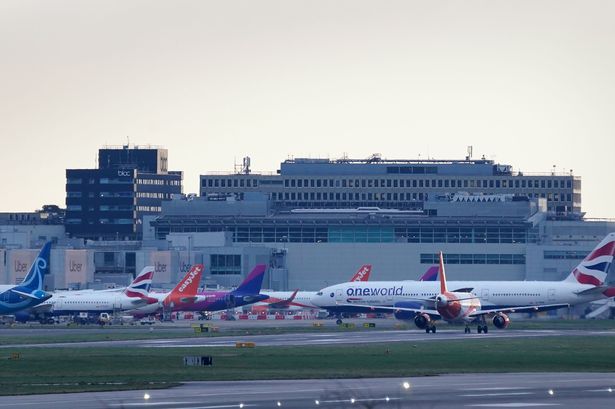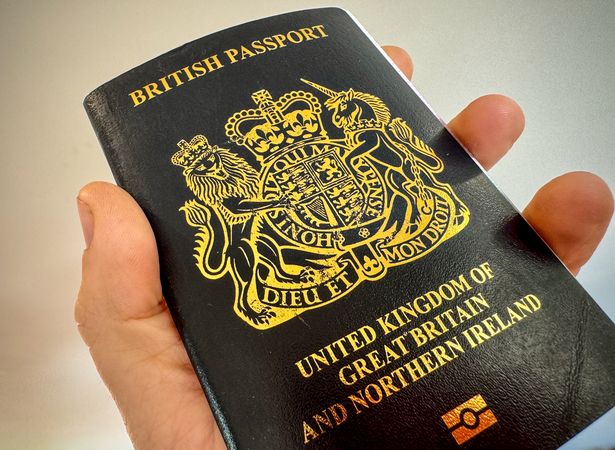Croydon Airport was once the largest airport in the world and was the UK’s main aerial hub before Heathrow took over – it was also the site of many famous flights
London and the surrounding area has been the setting for numerous extraordinary mega structures throughout the decades.
As Britain navigated its way through the technologically revolutionary 20th century, increasingly spectacular and striking venues were constructed to support these advancements.
Consider Brooklands, situated within Havering borough – this racing circuit was the globe’s pioneering track designed specifically for motorcars as society realised, similar to horses previously, that automobiles could serve sporting purposes beyond mere transportation.
READ MORE: NatWest to close 20 bank branches during October – full list
Nevertheless, Brooklands wasn’t the sole facility created to support technological progress, with airfields emerging across the capital to welcome increasingly massive and swift aircraft. Croydon Airport represented one such location.
Established in 1920 through combining Beddington and Waddon airfields, it subsequently transformed into RAF Station Croydon before shutting down in 1959.
Throughout its 39-year operation, it pioneered standards for global airports, housing the planet’s inaugural custom-built terminal, air traffic control tower and aviation hotel, reports MyLondon.
At its peak it ranked as the world’s largest airport, a distinction currently belonging to Saudi Arabia’s King Fahd International Airport. Furthermore, prior to Heathrow’s emergence, it served as Britain’s principal aviation centre, with Croydon claiming the distinction as the nation’s foremost aerial gateway.
Such was its reputation that shortly following the airport’s launch, The Times christened it “the official Charing Cross of international air travel” in 1920. At its height, the aviation hub provided services to destinations including Paris, Amsterdam, Rotterdam, and Berlin alongside routes to East Asia, Africa, the Middle East and India.
Additionally, it even provided pilot training with notable graduates, including aviator Amy Johnson and Winston Churchill. The former departed from the airfield at the beginning of one of her most celebrated journeys.
On her way to becoming the first woman to complete a solo flight to Australia, Amy departed before a gathering of 200,000 spectators from Croydon.
During wartime, Croydon served as a vital base for fighter planes protecting British airspace before returning to civilian operations in peacetime, then ultimately closing when Gatwick underwent redevelopment and expansion.
The airport’s primary structures remain today as the Croydon Airport Visitor Centre. While, the Historic Croydon Airport Trust helps preserve the site’s golden era.
Speaking to The Times about celebrated aviator Amy Johnson, volunteer Tony Francis stressed that Croydon Airport represented more than merely transportation.
He said: “It’s all those pioneers who were battling against the establishment of the time. Not only with technology at its leading edge but also breaking down barriers, showing there were opportunities for everybody.”
Help us improve our content by completing the survey below. We’d love to hear from you!

